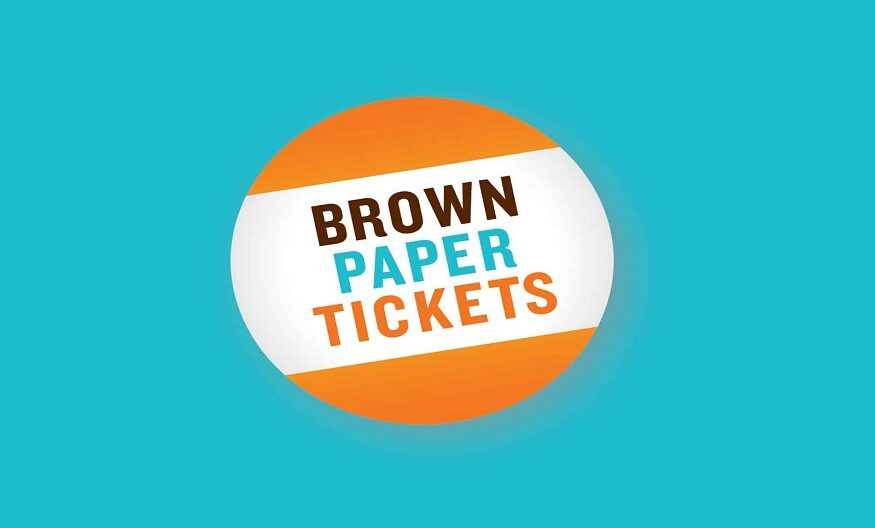
The push toward lower-impact events has sparked a rethinking of how audiences gather. As organizers look for practical ways to cut emissions, many are turning to hybrid formats that blend in-person moments with digital access. These models reduce the need for long-distance travel and heavy infrastructure while opening the door to broader participation. Platforms like Brown Paper Tickets, a ticketing service offering digital tools for seamless and sustainable event planning, support this shift by making it easier to manage registrations, communicate with diverse audiences and reduce reliance on printed materials.
Hybrid events aren’t a compromise at all. They’re an opportunity to create more inclusive, efficient experiences that expand access and reduce emissions. With both in-person and virtual options, organizers can engage wider audiences, accommodate diverse needs, and boost interaction through tools like live polls and chat-based Q&As.
Redefining What It Means to Attend
Not long ago, attending an event meant showing up in person. Travel, lodging and time away from work were often part of the deal. For some, that made participation exciting. For others, it made it impossible. The hybrid model changes that. It invites more people into the experience, whether they’re across the street or the globe.
When designed well, hybrid formats offer both flexibility and intention. Guests can choose the format that fits their needs, while organizers maintain control over how content is delivered. In-person guests get the benefits of physical space and spontaneous connection. Virtual attendees gain access to curated content and real-time engagement tools that let them participate without leaving home.
The environmental benefit is clear. Fewer people traveling long distances means fewer emissions. When even a portion of a guest list chooses virtual access, the event’s carbon footprint drops, without requiring a major overhaul of the experience. It’s a practical shift that aligns sustainability with convenience. Hybrid formats also reduce the need for large venues, excess catering, and printed materials. These small changes add up, making every event more climate-conscious by design.
Doing More with Less
One unexpected benefit of hybrid planning is how it streamlines production. With less pressure to fill physical space or accommodate every attendee on-site, organizers often make more deliberate choices about programming, layout and materials. This focus leads to reduced waste and better use of resources. Digital signage replaces printed banners. Virtual swag replaces bags of branded giveaways. Streaming content eliminates the need for oversized venues. All of this adds up to less material consumption and a cleaner backend when the event wraps.
Platforms like Brown Paper Tickets support this approach by offering platforms that simplify logistics and support blended experiences. From mobile ticketing to real-time reporting, the system keeps operations efficient, and audiences informed, whether they’re tuning in from a conference room or a living room.
Designing for Two Audiences, One Purpose
The biggest challenge in hybrid planning is not the technology but the design. Organizers must consider how both audiences experience the event, making sure neither feels like an afterthought. That means building schedules, content and touchpoints that stand on their own and work together.
A panel discussion might include both live attendees and remote contributors. A performance might be followed by a Q&A that includes virtual questions. A networking session might use breakout rooms online and guided conversations on-site. The goal is not to duplicate the same experience, but to create a shared purpose across platforms.
This design approach often leads to more thoughtful programming. By considering how different guests can interact with each moment, planners can strip away what doesn’t serve and elevate what does. The result is a cleaner, tighter event that aligns with both environmental goals and audience needs. It encourages intentionality in every choice, from session formats to material use. Sustainability becomes not just a goal, but a guiding principle for a more focused and fulfilling guest experience.
Supporting Community and Reducing Barriers
Hybrid models are also a tool for equity. Travel costs, time limitations and accessibility needs can all prevent people from attending in person. Virtual access removes many of these barriers. It also allows events to engage with broader communities, including speakers, artists and experts who might otherwise be unavailable. By reducing physical barriers, hybrid events create room for more authentic representation. This inclusion strengthens the event’s impact and connects the experience to a wider set of values.
Platforms that allow for sliding-scale pricing, donation-based tickets, or regional scheduling help organizers meet guests where they are. These tools support sustainability and social responsibility by ensuring that events aren’t just greener but also fairer.
Measuring What Matters
The shift to hybrid formats also makes the impact easier to track. Digital interactions offer clear metrics, such as attendance numbers, engagement time, session feedback and more. This data supports smarter planning and allows organizers to see how their sustainability choices affect participation.
Post-event reports can compare emissions savings from reduced travel, waste avoided through digital materials or community outcomes from broader access. These stories help build momentum and secure support for future events. Organizers using tools often find that reporting is more manageable when it’s integrated into the same system that handles ticketing and communication. By keeping everything in one place, teams can focus on the story they want to tell, not sorting through disconnected data.
Creating Connection Without Compromise
At their best, hybrid events feel seamless. Guests engage fully, whether they’re on-site or online. Conversations continue beyond the moment. Content lives on through recordings, recaps or social engagement, and the environment is better for it.
The key is to design with the heart. Hybrid formats succeed when they reflect care, care for attendees, for the planet, and for the experience itself. That means clear communication, reliable infrastructure and programming that meets people where they are. As event planning continues to shift, hybrid models are not just a short-term fix. They are a long-term strategy for building smarter, lighter, more connected experiences that reflect the world we want to live in.
